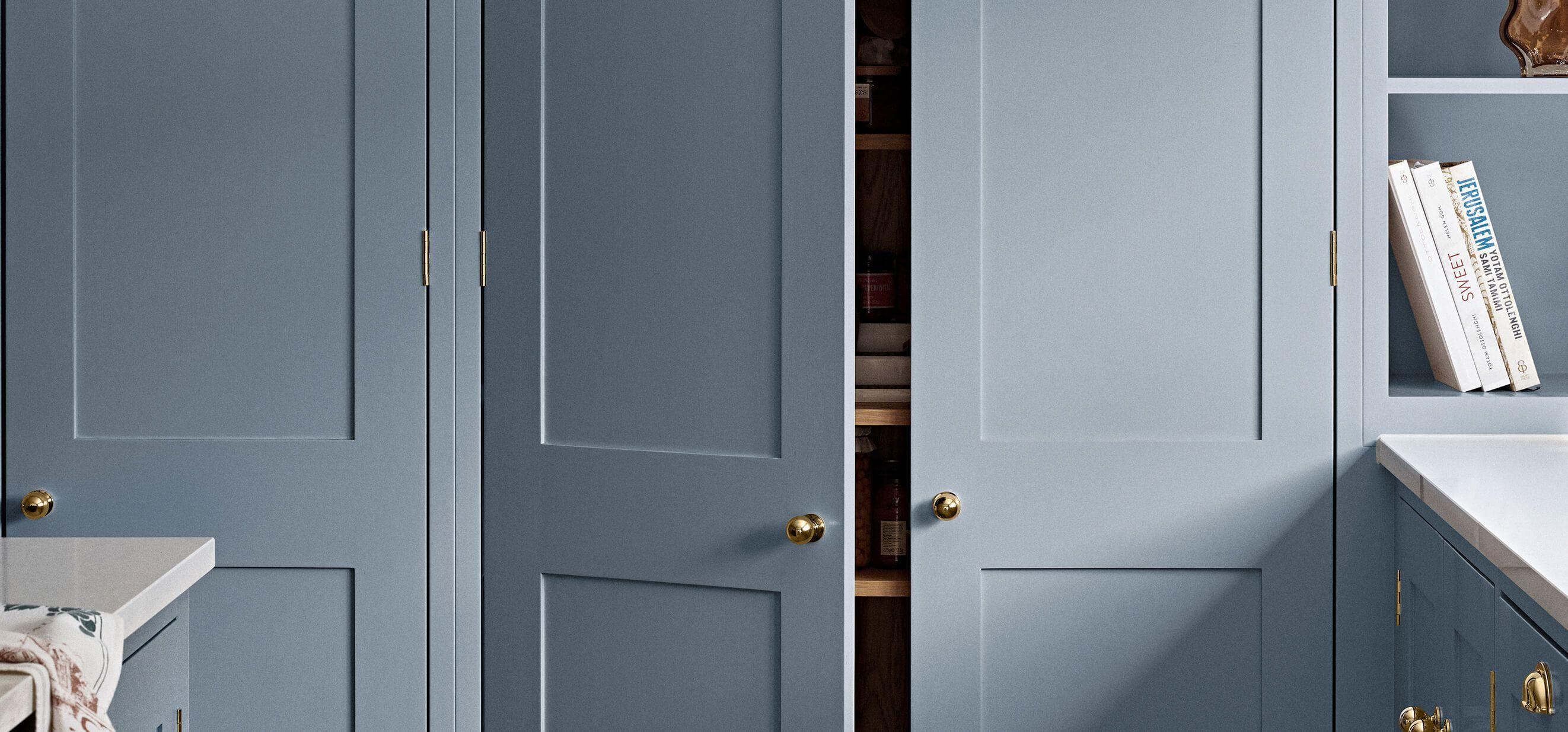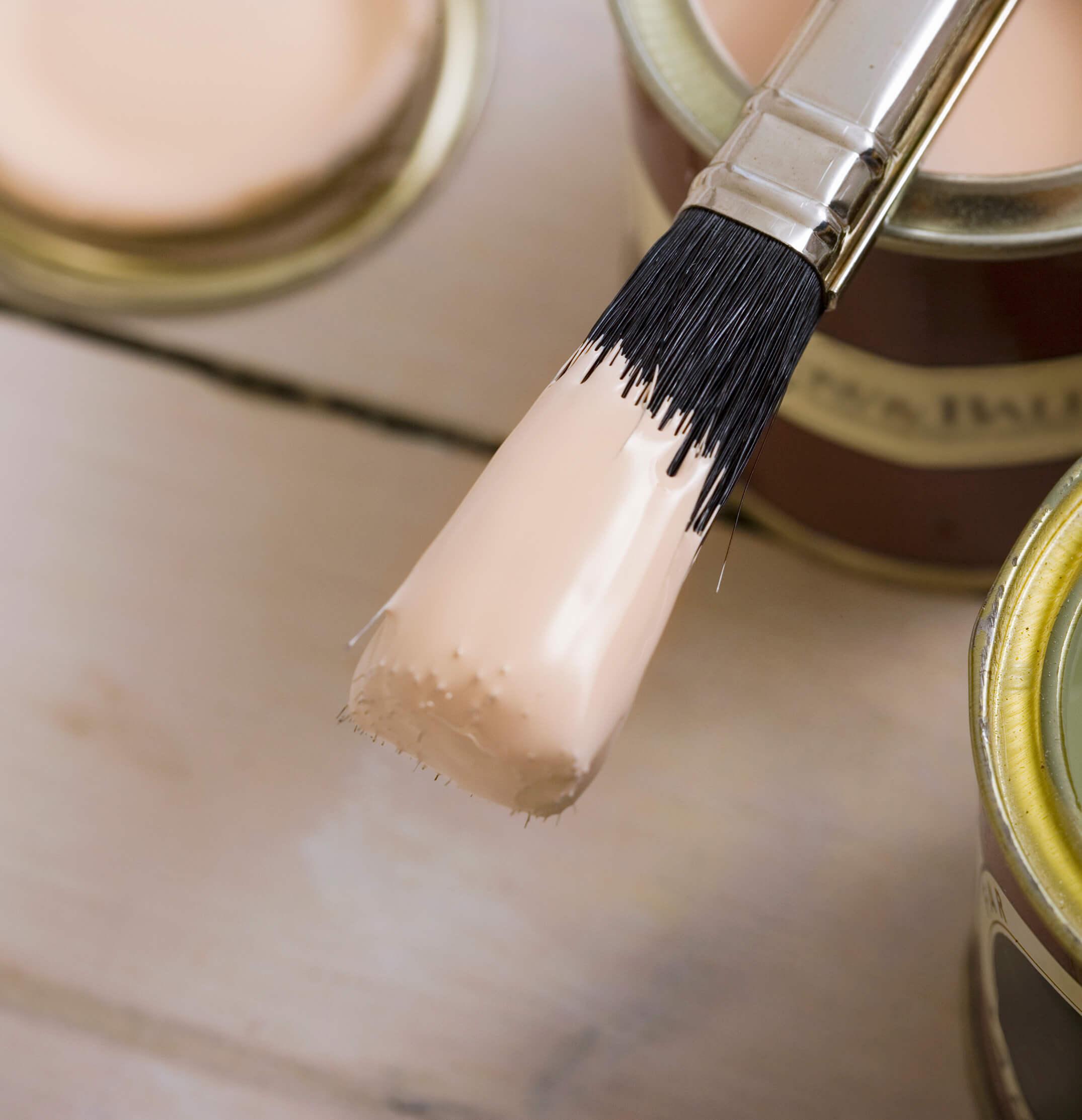
Cabinet Colour & Finishes
We know that colour can transform a room and influence our moods, so it’s essential to get it just right.

Kitchen Cabinet Colours
We’ll consider the patina of your wooden floor, the hue of your countertops, the architecture of your space, and your lighting conditions, to give our expert guidance and find your perfect shade.